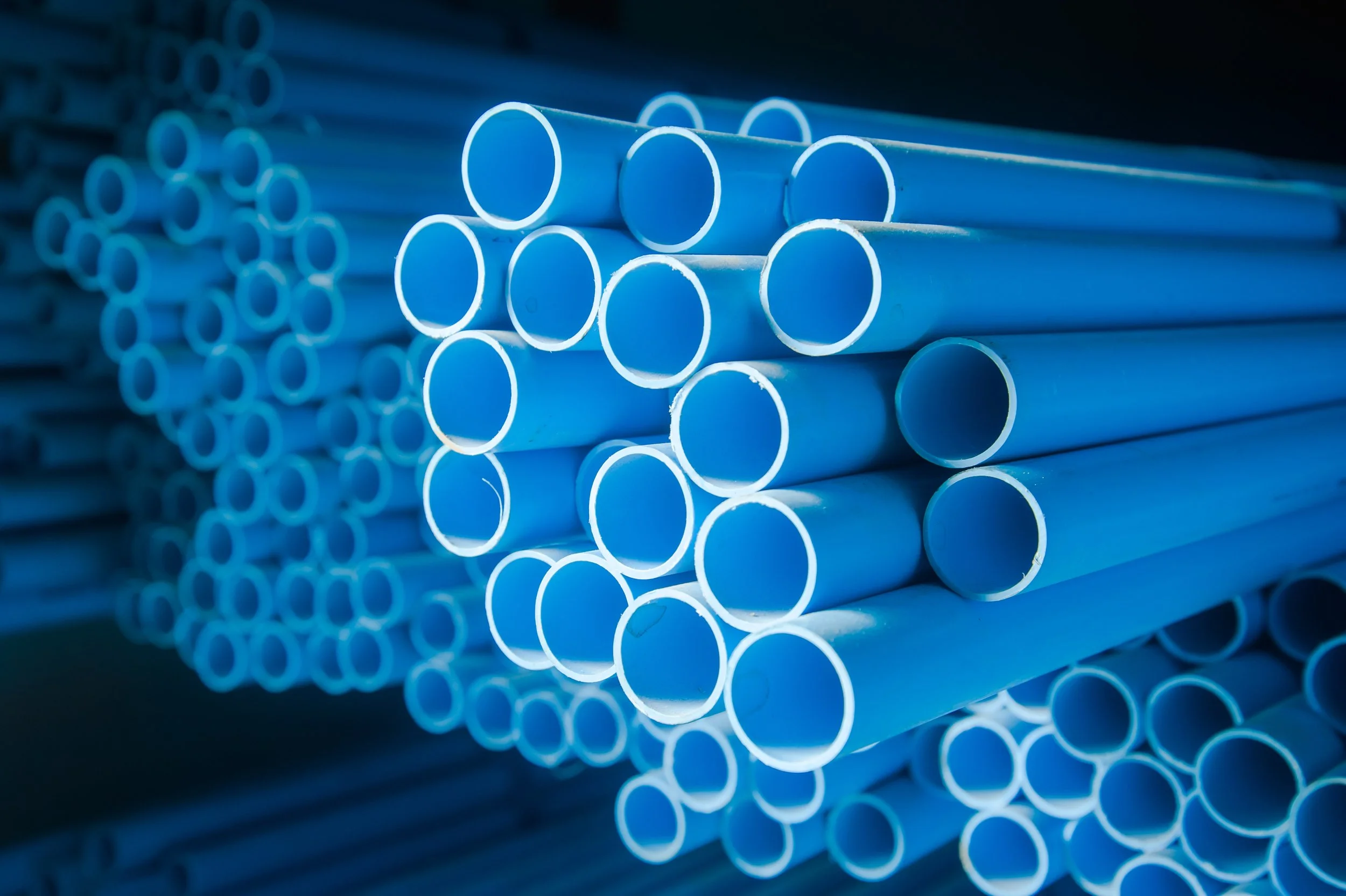Update: When we posted this open letter, we sent a copy to the editors at Environmental Health News in hopes that they would defy our low expectations and take action to correct the original article. To our surprise, Senior Editor Brian Bienkowski at first seemed eager to engage with our critiques of the piece. He said that they would look into them and make corrections. He also expressed interest in publishing our letter. But, he never followed up, and no corrections were made.
We will continue to hold outlets like EHN accountable when they fail their readers.
Dear Mr. Fischer and Bienkowski,
We are writing to express our disappointment in your decision to publish an op-ed by Bill Walsh, a well-documented ideological opponent of PVC, that contains egregious errors and misinformation about the vinyl industry. Your readers deserve balanced and honest reporting, and that same rigor ought to be applied to the fact-checking of op-ed submissions. Mr. Walsh is entitled to his opinion, but he has no right to malign our industry with outright distortions that mislead the public.
Mr. Walsh’s thesis rests on his contention that PVC is “unrecyclable” and that “virtually no post-consumer PVC is recycled.” Any credible expert on PVC is well aware that more than 1 billion pounds of vinyl are recycled annually in the US and Canada. Since 2014, post-consumer vinyl recycling has increased by more than 40% and the industry continues its focus on growing that capability. Further, there are more than one-hundred vinyl recyclers in the US and Canada; far from the paucity he suggests.
Mr. Walsh also claims that PVC “will never find a place in a circular economy,” but that’s a flawed assessment. PVC construction products, like pipes, have considerable sustainability advantages compared to competing materials like metal and concrete. Vinyl products – pipes, siding, flooring, etc. – also have service lives where their efficacy and reliability can be measured in decades. As Allan Sandilands, principal consultant at sustainability consultancy Resource Futures, pointed out in a recent piece in GreenBiz: “Contrary to popular belief, it’s important to acknowledge that plastics in construction are often a positive thing. Many are highly durable, long lasting and permanently installed.”
Mr. Walsh also trots out the tired, old claims of environmental activists about the production of PVC that have been debunked again and again. U.S. PVC producers comply with local, state, and federal regulations that protect the safety of workers, communities, and the environment. In fact, the industry continues to make strides that go above and beyond these standards.
Mr. Walsh also tries to link U.S. PVC manufacturers with the oppression of the Uighur people by the Chinese government in Xinjiang. On this count, Mr. Walsh’s assertions are beyond the pale. Mr. Walsh ought to be ashamed, as should any editor who approved this piece for publication.
As if all of this wasn’t bad enough, in the midst of Mr. Walsh’s fact-free diatribe, Environmental Health News elected to include a call for donations with the article to support “good science.” It’s quite ironic to find such a call to action contained in a piece that fails even the lowest standard of credibility.
Normally we would ask that EHN correct these errors so that your readers have the facts. Based on our prior engagements there is a very low probability of you doing that, so we’ve published this letter on Vinyl Verified to ensure the public is not misled by the inaccuracies in Mr. Walsh’s article.









